
| Recorded by: Michael P. Morales on 2025-09-22
Cumberland Co.
Comment: | 
| Recorded by: Michael P. Morales on 2025-09-22
Cumberland Co.
Comment: |

| Recorded by: Michael P. Morales on 2025-09-22
Cumberland Co.
Comment: | 
| Recorded by: Jim Petranka, Mark Basinger and Becky Elkin on 2025-08-02
Richmond Co.
Comment: |
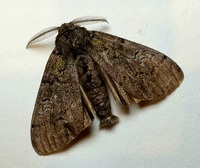
| Recorded by: Mark Basinger on 2025-06-26
Buncombe Co.
Comment: | 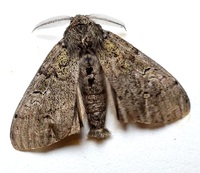
| Recorded by: Mark Basinger on 2025-06-26
Buncombe Co.
Comment: |
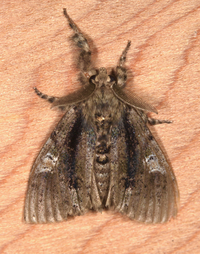
| Recorded by: Jim Petranka, Mark Basinger and Becky Elkin on 2025-06-25
Mitchell Co.
Comment: | 
| Recorded by: Dean Furbish, Lior S. Carlson on 2025-05-31
Orange Co.
Comment: |
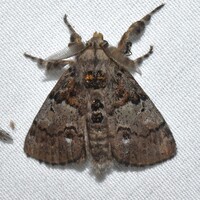
| Recorded by: David George, Jeff Niznik, Jim Petranka on 2025-05-24
Richmond Co.
Comment: | 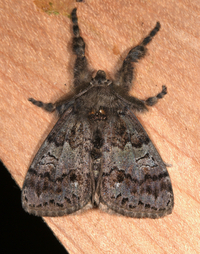
| Recorded by: Jim Petranka, John Petranka and Becky Elkin on 2025-05-09
Cumberland Co.
Comment: |
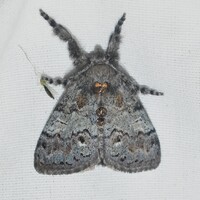
| Recorded by: David George, Jeff Niznik on 2025-05-09
Cumberland Co.
Comment: | 
| Recorded by: John Petranka on 2024-08-31
Orange Co.
Comment: |
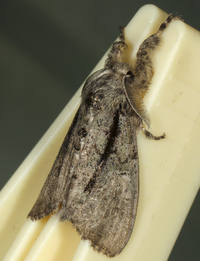
| Recorded by: John Petranka on 2024-08-23
Orange Co.
Comment: | 
| Recorded by: Stephen Dunn on 2024-08-20
Orange Co.
Comment: On Gleditsia triacanthos. |
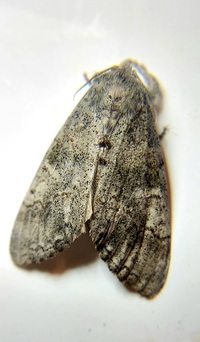
| Recorded by: Mark Basinger on 2024-06-27
Yancey Co.
Comment: | 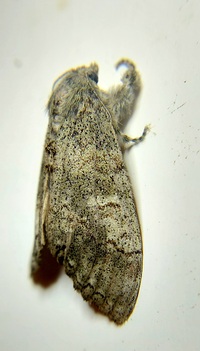
| Recorded by: Mark Basinger on 2024-06-27
Yancey Co.
Comment: |

| Recorded by: K. Bischof on 2024-06-24
Transylvania Co.
Comment: | 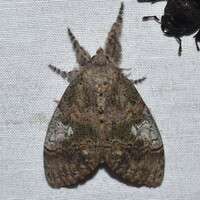
| Recorded by: David George, Stephen Dunn, Jeff Niznik, Patrick Coin on 2024-06-22
Chatham Co.
Comment: |
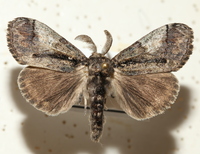
| Recorded by: David George, Rich Teper on 2024-05-13
Chatham Co.
Comment: | 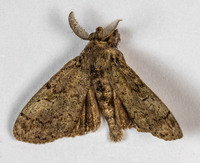
| Recorded by: Stephen Hall on 2023-08-18
Orange Co.
Comment: |

| Recorded by: Jeff Niznik on 2023-08-09
Durham Co.
Comment: | 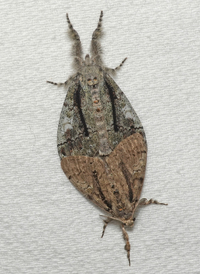
| Recorded by: Chuck Smith on 2023-08-04
Davidson Co.
Comment: |
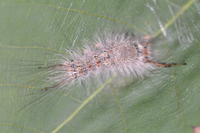
| Recorded by: Stephen Dunn on 2023-07-17
Orange Co.
Comment: | 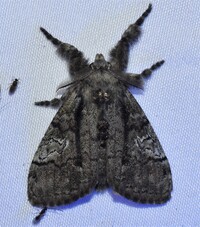
| Recorded by: David George, Stephen Dunn, Jeff Niznik on 2023-06-03
Orange Co.
Comment: |

| Recorded by: Stephen Hall on 2023-05-23
Orange Co.
Comment: | 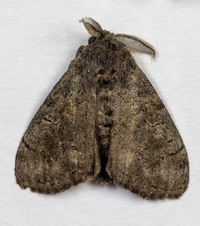
| Recorded by: Stephen Hall on 2023-05-23
Orange Co.
Comment: |

| Recorded by: Stephen Hall on 2023-05-21
Orange Co.
Comment: | 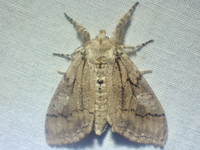
| Recorded by: tom ward on 2022-08-14
Buncombe Co.
Comment: |
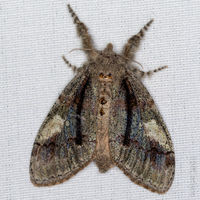
| Recorded by: David George, Lior Carlson, Becky Watkins, Richard Teper, Stephen Dunn on 2022-07-23
Orange Co.
Comment: | 
| Recorded by: tom ward on 2022-06-10
Buncombe Co.
Comment: |
|

 »
»
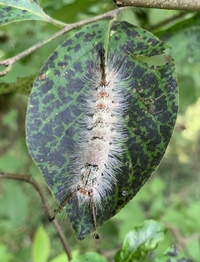

 »
»
